Donald C. Bolduc
It is the secret of the guerilla force that, to be successful, they must hold the initiative, attack selected targets at a time of their own choosing and avoid battle when the odds are against them. If they maintain their offensive in this way, both their strength and their morale automatically increase until victory is won. As a corollary, it must be the aim of the counter-guerilla forces to compel guerrilla forces to go on the defensive, so they lose the initiative, become dispersed and expend their energy on mere existence.
-- Sir Robert Thompson, Malaya 1966
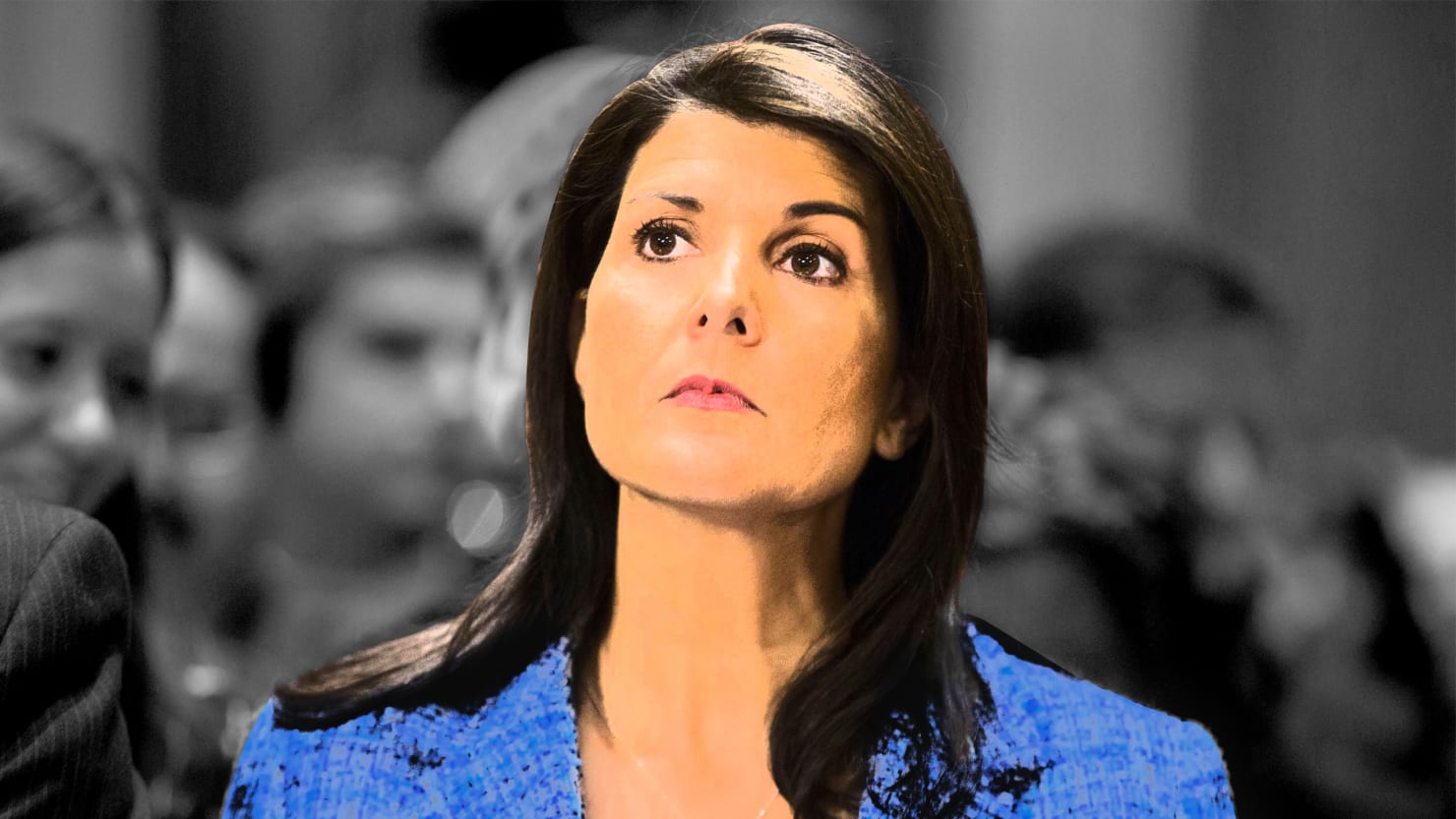



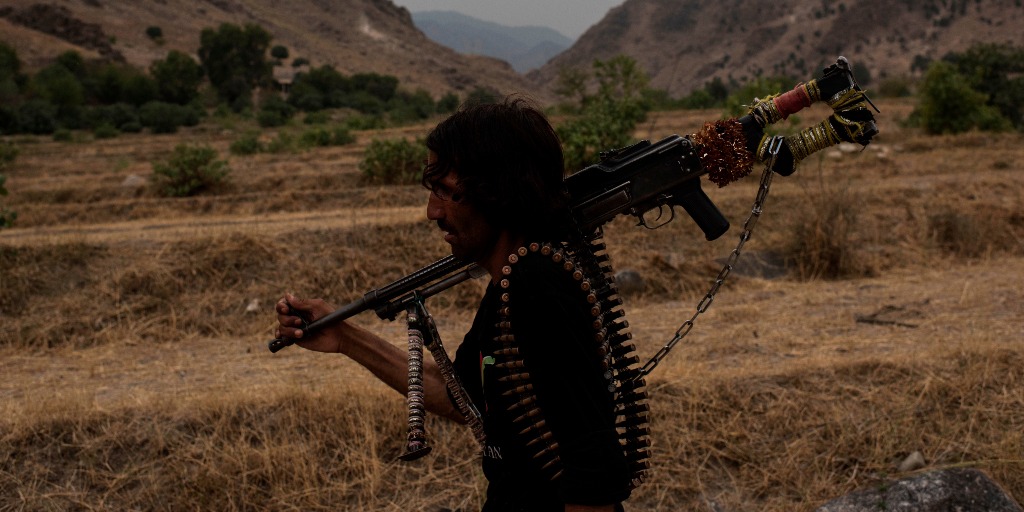
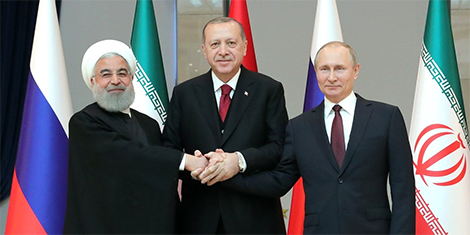

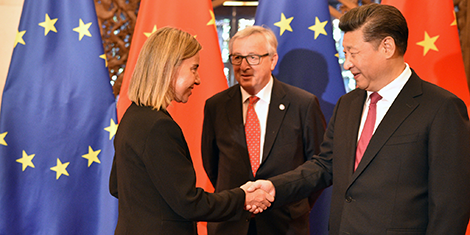
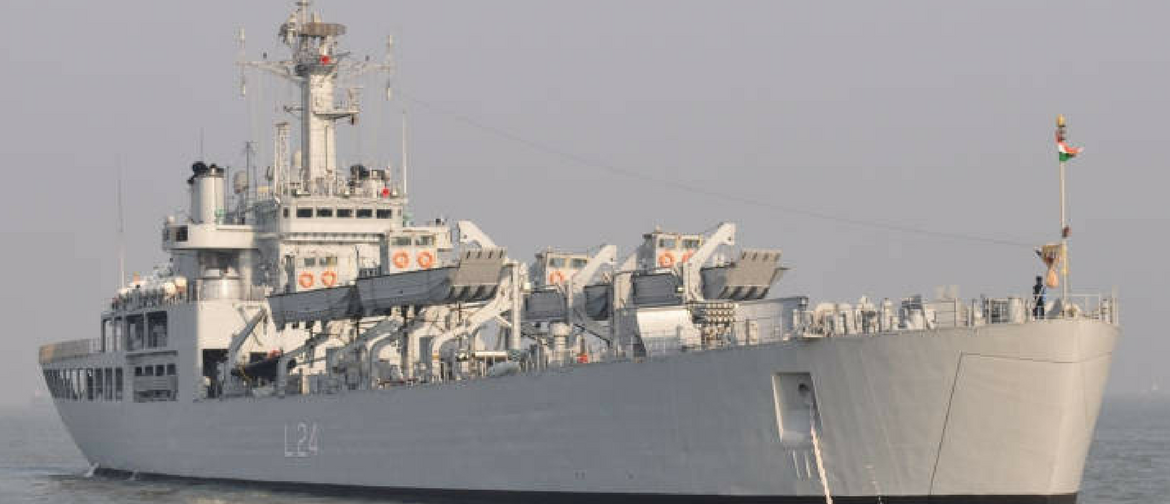


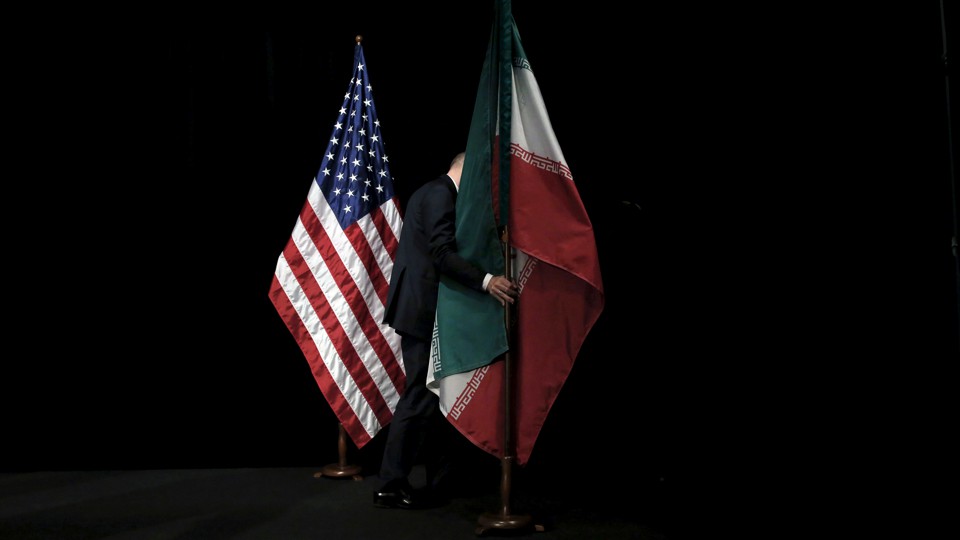

/arc-anglerfish-arc2-prod-mco.s3.amazonaws.com/public/D5SBT3Q6XJGFLBYFK2NKB6CPVA.jpg)


/arc-anglerfish-arc2-prod-mco.s3.amazonaws.com/public/527YYH2CIVETHFK5LIR652FUTI.jpg)
